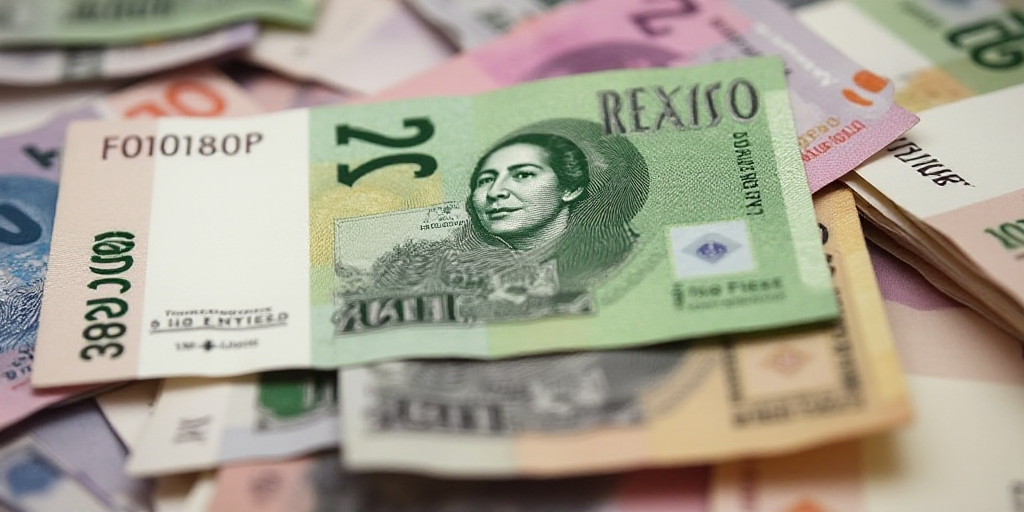Overview of the Mexican Peso’s Performance
The Mexican peso closed the week nearly unchanged, despite a negative trend throughout. The exchange rate saw a slight increase in a market absorbing recent news about the United States, China, and labor data from the world’s largest economy.
Key Factors Influencing the Peso
Several factors have contributed to the Mexican peso’s performance this week. These include:
- US Economic Data: The latest labor data from the United States has influenced market sentiment, with stronger-than-expected job growth and lower unemployment rates.
- China’s Economic Developments: Recent news about China’s economy, including its growth rate and trade balance, has also impacted global markets.
- Geopolitical Tensions: Ongoing geopolitical tensions, such as trade disputes and political instability, have added volatility to currency markets.
Who is Juan González and Why is He Relevant?
Juan González, the President of Banco de México (Banxico), has been a key figure in shaping Mexico’s monetary policy. As an experienced economist and central banker, González has been instrumental in maintaining price stability and fostering sustainable economic growth in Mexico. His decisions on interest rates directly affect the peso’s value and, consequently, the Mexican economy.
Impact on the Mexican Economy
The Mexican economy is heavily reliant on trade with the United States, accounting for over 80% of its exports. Fluctuations in the peso’s value can significantly impact Mexican businesses and consumers. A stronger peso makes Mexican exports more expensive for US buyers, potentially reducing demand and hurting export-oriented industries. Conversely, a weaker peso can boost exports by making them cheaper for foreign buyers.
Moreover, a volatile peso can increase uncertainty for investors, potentially leading to capital outflows and placing additional pressure on the currency. This can result in higher borrowing costs for Mexican businesses and consumers, as well as increased inflationary pressures.
Key Questions and Answers
- Q: What caused the Mexican peso to end the week nearly flat despite a negative trend?
A: The peso’s performance was influenced by various factors, including recent US economic data, China’s economic developments, and geopolitical tensions. The Mexican central bank’s monetary policy decisions, led by President Juan González, also played a crucial role in shaping the peso’s value. - Q: How does the Mexican economy depend on the peso’s value?
A: The Mexican economy is heavily reliant on trade with the United States, making the peso’s value critical for export competitiveness. Fluctuations in the peso can impact export-oriented industries, investor confidence, borrowing costs, and inflationary pressures. - Q: Who is Juan González and why is he relevant to the Mexican peso?
A: Juan González is the President of Banco de México (Banxico), responsible for shaping Mexico’s monetary policy. His decisions on interest rates directly affect the peso’s value and, consequently, the Mexican economy.






